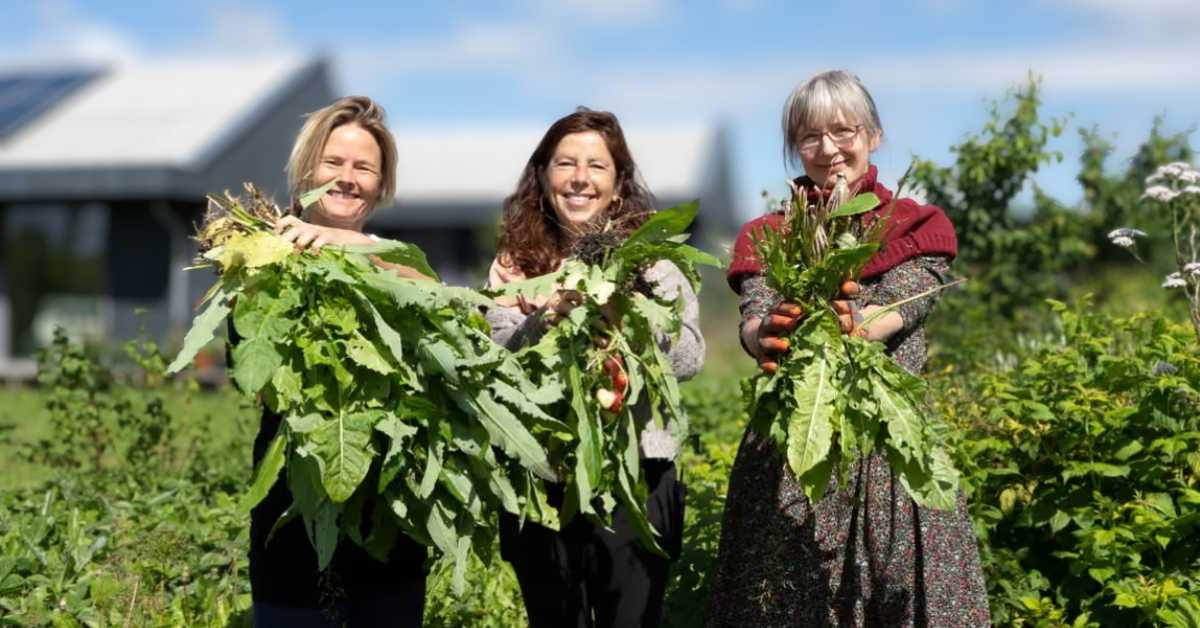East of Amsterdam in the city of Almere, a living experiment is taking place in the Dutch suburb of Oosterwold.
The hidden gem is the Netherlands’ newest city, and its 5,000 inhabitants enjoy the fruits of living in a green, self-sufficient community. They can build their homes however they like, with one stipulation: half of their land must be devoted to growing food.
“This rule … is very unique thinking in the world, and makes it also an outstanding area in many ways,” Jan Eelco Jansma, a Dutch researcher who campaigned for urban agriculture in Oosterwold’s design, told The Guardian.

Oosterwold resident Marco de Kat has an 800-square-meter plot teeming with apples, pears, peppers, basil, beets, and cauliflower, but he says no two houses in the community are the same. Everyone has a different take on the 50% rule, from greenhouses and pastures to entire apple orchards.
“Nobody is doing it in the same way,” de Kat said.
Another resident, Jalil Bekkour, said his life changed dramatically when he moved to Oosterwold. He joined the community without a single drop of gardening knowledge, and within three years, he opened Atelier Feddan — a restaurant that was “farm to table” in the truest sense of the phrase.
Although Oosterwold is unique in and of itself, Bekkour hopes that people around the world become inspired to grow produce in their own backyards.
“The first thing I tell people is to start small,” Bekkour said. “Start with the things you love to eat.”
You may also like: In Australia, these bathroom ads double as vending machines for free period pads
A version of this article originally appeared in the 2025 Food Edition of the Goodnewspaper.
Header image via Tara Schepers and Yolanda Sikking/Almere municipality



